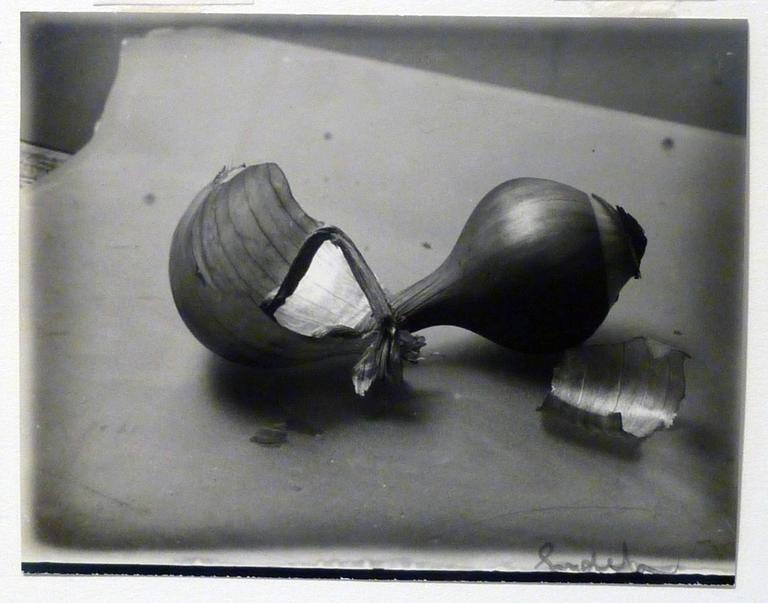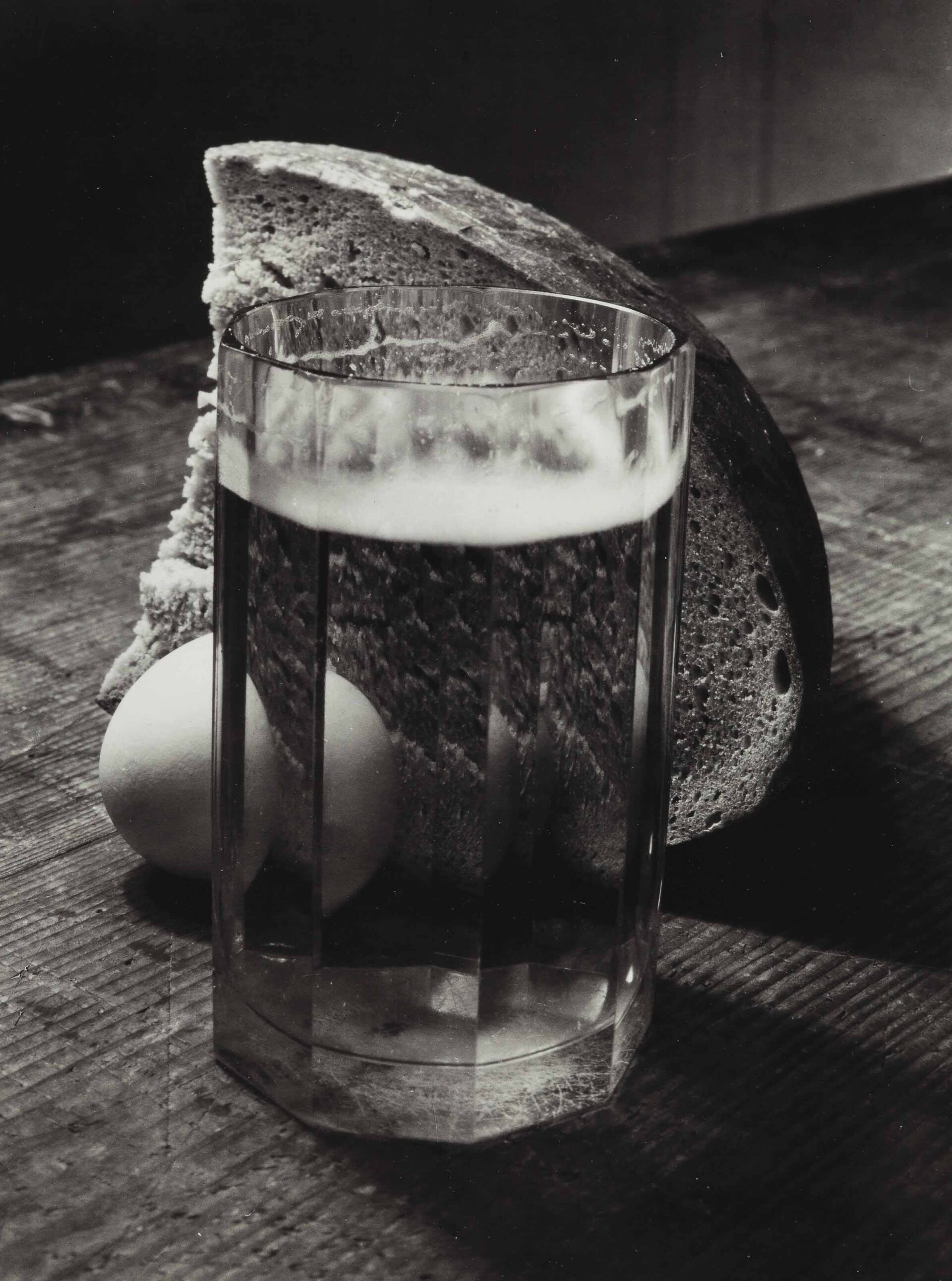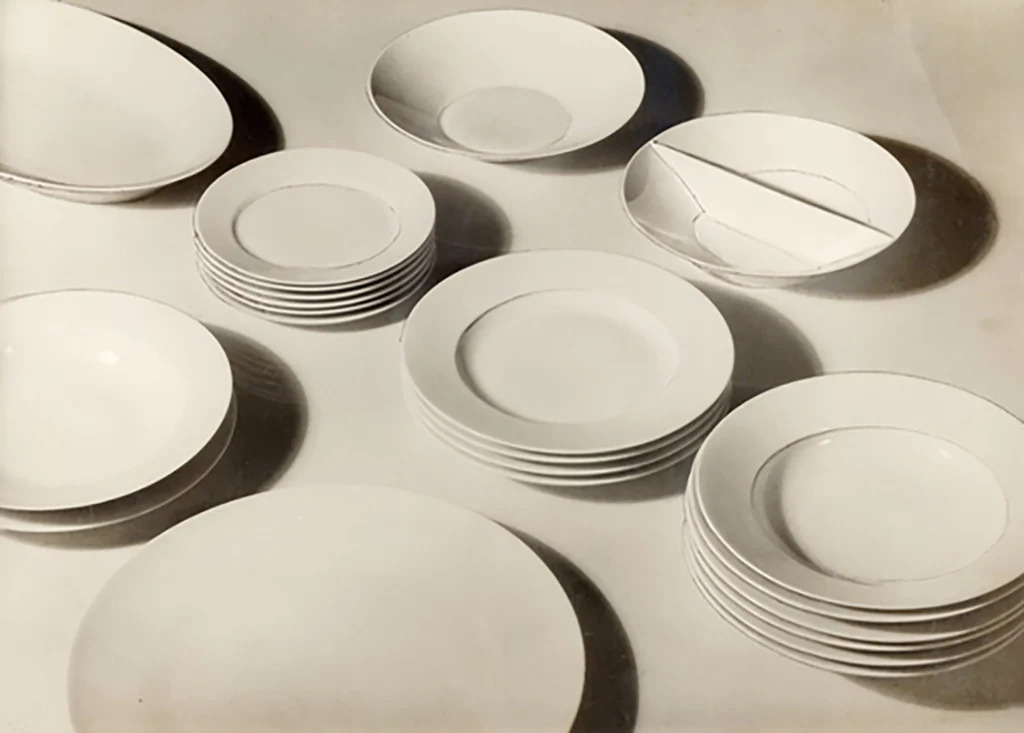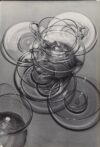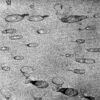The characteristic silhouette of a man roaming the streets with a large-sized camera on his arm was, once upon a time, known to everyone in Prague. He would capture views of his city and the beauty of nature, but his most extraordinary works – still lifes – came to live in the four walls of his tiny studio.

Josef Sudek in Mionsi Forest, 1970 | via www.archive.org
It was by a close call that Josef Sudek (1896-1976), now considered one of the most influential characters of Czech and European photography, didn’t choose to lead a peaceful life of a bookbinder. But passion turned out to be stronger. Recruited into the Austro-Hungarian army, he takes his camera with him to the front line of the Great War, not leaving photography behind – not even once his right shoulder has to be amputated after sustaining an injury. Ironically, the loss of ability brings him a sense of freedom and enables him to give into art entirely. After graduating from the State School of Graphic Arts in Prague with a degree in photography in 1924, Sudek, alongside his friends, initiates the progressive Czech Photographic Society. His first cityscapes of Prague and cycles: Invalidovna and Saint Vitus’s Cathedral, are characterized by the classic, pictorial brilliance and picturesqueness, which will later on become the Bohemian’s trademarks. Nevertheless, he already knew he would be determining his own artistic path.
In 1927, Josef Sudek moves into a studio, where he’ll be spending the next thirty years. The wooden house on Újezd Street is slowly being filled with soulful objects and classical music on vinyls, which the artist used to listen to obsessively. It’s the things that play a crucial part in Sudek’s art. On one hand, he dabbles in commercial photography – he immortalizes Ladislav Sutnar’s (a renowned designer) porcelain, furniture and glass. These works from a few decades ago are, to this day, surprising the viewer with freshnes and bold compositions. They amaze with the masterful lighting technique, which emphasizes shape and texture.
The objects are also looked at by Sudek The Artist. The window in his workshop became the subject of his well-known cycle My Studio Window (1940–1954), which took a dozen years to make. The Bohemian’s career is overtaken by still life. His style evolves as a result of, as said by the specialists, the classical paintings’ influence mixing with the trends and styles present to him: cubism, surrealism, secession and New Objectivity. In his Still Life series, Josef Sudek focuses on simple objects: an egg, a glass, a seashell, a piece of bread, to gradually move on to complex compositions of a symbolic value. The cherry on top of his artistic activity in this area is the Labyrinths cycle. The photographs included in the series showcase the objects that co-create the artist’s personal surroundings, which Sudek uses to build complicated, multi-layered constellations, adding a pane of glass to the mix. Through his still life pictures, threaded with light and shades of gray, the viewer gets to touch the themes which intertwine the man’s art, including nostalgia and remembrance. He gets to step into the imaginative world of the exceptional artist.
